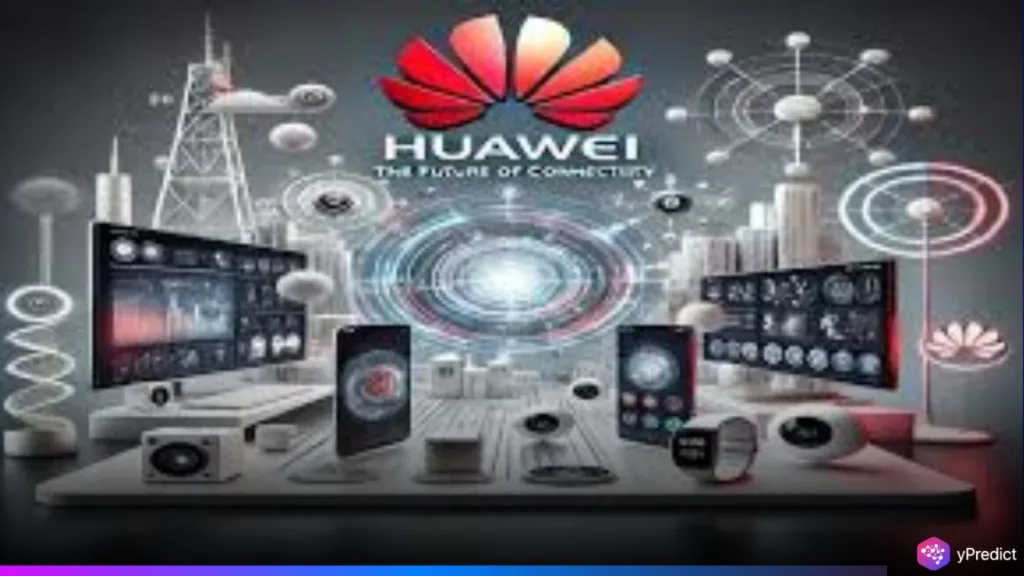
Huawei unveiled HarmonyOS 6 Developer Beta, marking a major shift in its operating system strategy with advanced AI capabilities. Announced at the 2025 Huawei Developer Conference in Songshan Lake, the update introduces a powerful AI agent framework for devices. HarmonyOS now positions itself as a next-generation AI-native operating system for smartphones, tablets, wearables, and IoT devices.
Featuring on-device intelligence and strengthened privacy protections through its new Star Shield security architecture, HarmonyOS 6 is a critical step in Huawei’s long-term plan to build a sovereign, cloud-independent software ecosystem tailored for the future of intelligent connectivity.
HarmonyOS 6 Introduces Multi-Agent AI Framework to Power Smarter Devices
The South China Morning Post reports that the Chairman of Huawei Consumer Business Group, Richard Yu, unveiled HarmonyOS 6 innovations during the event’s keynote address. He emphasized the HarmonyOS Multi-Agent Framework (HMAF), a new platform designed to simplify developing advanced AI agents. This framework plays a central role in the update, showcasing Huawei’s focus on integrating AI more deeply into its systems.
This framework enables apps and services to anticipate user needs and handle tasks without requiring manual prompts, raising the bar for natural, intuitive human-device interaction.
Huawei upgraded its AI assistant, XiaoYi, to offer intelligent screen scanning similar to Google’s Circle to Search feature. XiaoYi now integrates more deeply across applications like ChatExcel, enhancing productivity tools for users in various contexts. The system interprets user intent directly, moving beyond reliance on voice commands for smarter and more intuitive interactions.
Huawei introduced an improved Tap-to-Share feature, letting users transfer files between phones and PCs instantly with a simple tap. The update makes collaboration easier by supporting multi-user file sharing and seamless cross-device content insertion during work sessions. Huawei refined features like Touch and Pay to enable faster, more interactive, and reliable connections between compatible devices.
Additionally, HarmonyOS 6 enables practical innovations such as smart parking and rapid fuel payments, showcasing Huawei’s commitment to real-world convenience.
Strengthening Privacy and Security
Huawei prioritized security with the debut of the Star Shield architecture, a unified system that strengthens device hardware coordination. Star Shield coordinates cameras and GPS to enhance biometric authentication integrity and protect sensitive transactions, including online banking. Huawei reports that HarmonyOS has already blocked billions of unnecessary app permission requests, highlighting its proactive stance on user privacy.
The new OS works seamlessly with Huawei’s Pangu 5.5 AI devices, supporting advanced natural language and computer vision models. These models include a 718-billion-parameter language model and a 15-billion-parameter vision model built for key industries. Huawei targets sectors such as healthcare, finance, automotive, manufacturing, and public administration with these AI solutions. The company also unveiled CloudMatrix 384 Supernode, a high-performance AI server platform designed to challenge competitors like Nvidia.
Growing Ecosystem and Developer Engagement
Huawei’s shift to HarmonyOS 6 has been swift and strategic, with over 100 million devices now powered by its in-house system. The company has also cultivated a vibrant developer community, boasting more than 8 million registered developers and over 30,000 mini-programs and services.
The developer beta of HarmonyOS 6 is now available, with enrollment open until June 30, 2025. Developers are encouraged to join and integrate these features into their applications, positioning themselves at the forefront of Huawei’s growing software ecosystem.
Conclusion
Set for commercial release in the second half of 2025, likely alongside the Mate 80 series, HarmonyOS 6 is poised to strengthen Huawei’s position in markets where it maintains a loyal following. The system’s focus on AI integration, seamless device connectivity, and robust security represents Huawei’s vision of the future: a more intelligent, user-centered digital experience.
By continuously advancing its technology while fostering developer innovation, Huawei is redefining what’s possible in the realm of intelligent operating systems.






